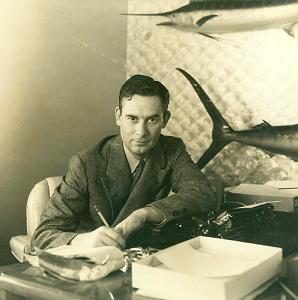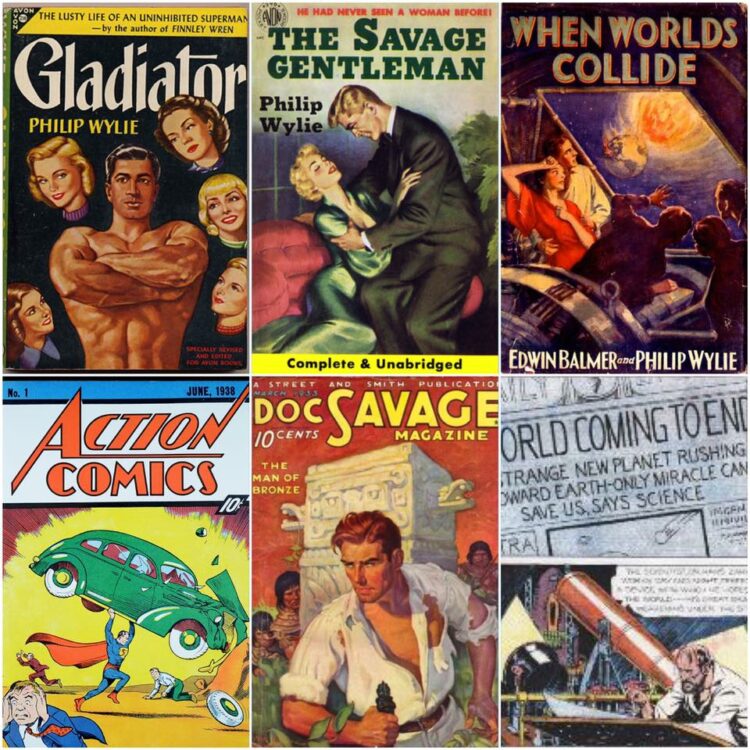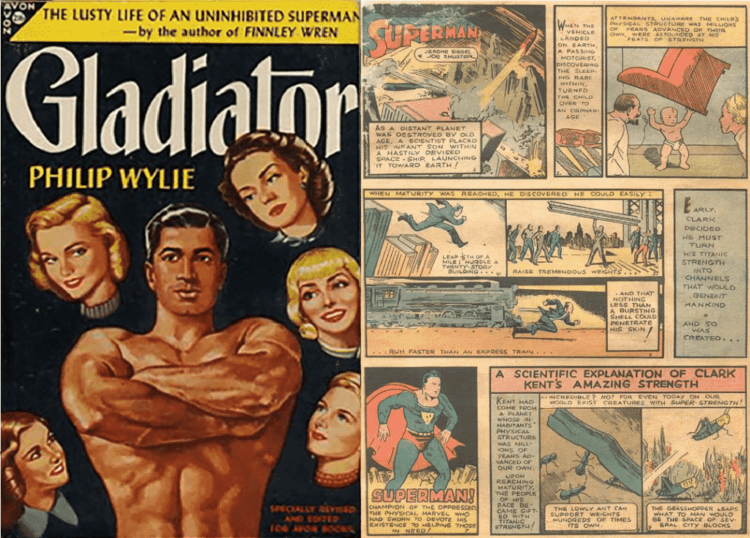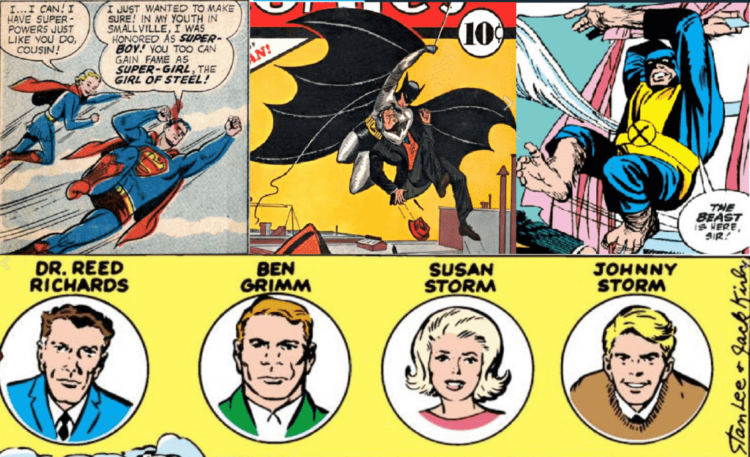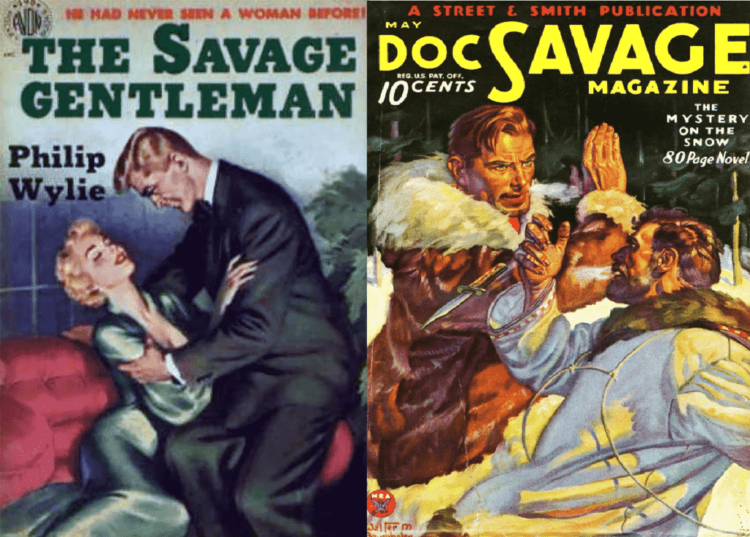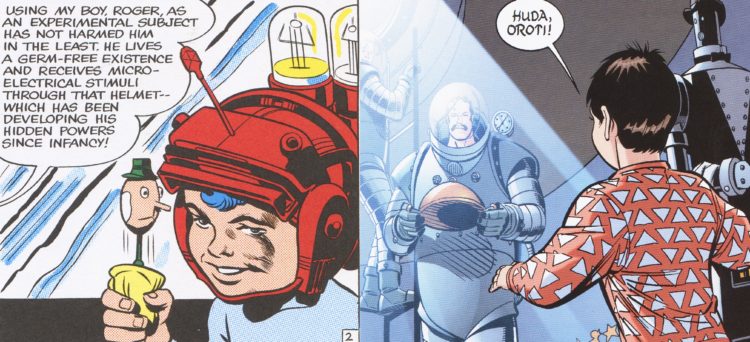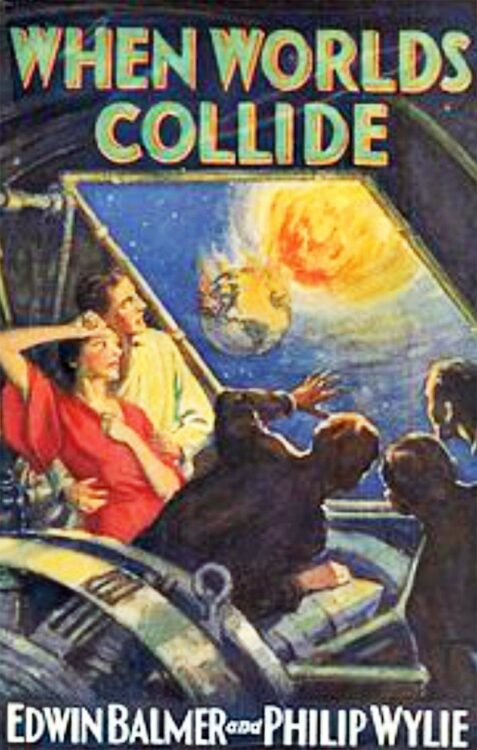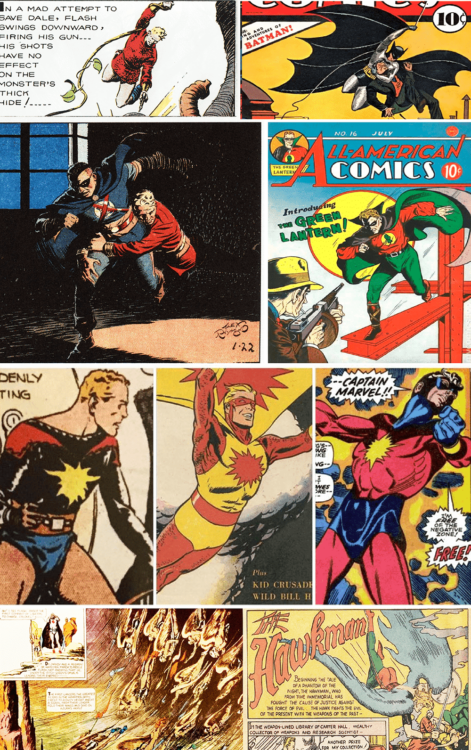The Importance of Phillip Wylie to the Superhero Genre by Alex Grand
Read Alex Grand’s Understanding Superhero Comic Books published by McFarland Books in 2023 with Foreword by Jim Steranko with editorial reviews by comic book professionals, Jim Shooter, Tom Palmer, Tom DeFalco, Danny Fingeroth, Alex Segura, Carl Potts, Guy Dorian Sr. and more.
In the meantime enjoy the show:
In a previous Episode, From Pulps To Superheroes, we briefly mentioned one of Phillip Wylie’s works as an influence on Superman. However to dig a bit deeper, Phillip Wylie had a significant contribution to comic book/strip pop culture through his pulp-era science fiction novels.
Although Phillip was not trying to make new characters that would be promoted as continuing characters used for repeated popular consumption, his one and done books of speculative fiction is thought to have inspired young comic creators to produce works that took certain concepts directly from his work. The three works we’ll focus on today are Gladiator 1930, The Savage Gentleman 1932 and When World’s Collide 1933. Although the 1920s were over and the Great Depression started in 1930, one concept that survived into the thirties was science fiction with social commentary, and that was shown in these three stories.
Gladiator in 1930 was one of the various influences on a young Jerry Siegel before he wrote and co-created Superman which premiered in 1938 Action Comics 1. The main character’s father is a Professor who experiments on his wife’s fetus giving his baby boy, brought up in Colorado, super strength and this situation creates a difficulty fitting in with the world. It is a darker tale than Superman with no vigilantism or costumes, where he deals with the consequences of his superior strength with accidental murder, social awkwardness, and eventually hates humanity and God so much, he gets struck down by lightning. That being said, he was similar to Superman by being from the middle of America, with unbreakable skin, impenetrable to bullets, incredibly stronger than normal humans, outrun trains, and leaps 50 feet in the air in a single bound. Some sources say Jerry Siegel had documented his love of Gladiator and other places say no such evidence exists, but still, the similarities are striking and worth the discussion.
“The Savage Gentleman” by Wylie 1932 is a plot character precursor to Doc Savage 1933. The concept that is interesting here is that a man takes his son away to a tropical island and trains him to be a bronze hair, mahogany skin, perfect, tall, strong and incredibly intelligent man who returns to civilization with his father’s fortune. Although he does not fight crime or get in a costume, he instead tries to figure out his place with the opposite sex. Lester Dent, the writer, instills a very similar origin to Doc Savage, named Clark Savage Jr whom his father assembled scientists to create the perfect son who was a detective, adventurer, scientist, martial artists who uses his abilities to solve crimes and fight criminals as a perfect hybrid of Sherlock Holmes and Tarzan. Doc Savage is also referred to as a Superman in his third adventure. As per our Doc Savage episode, he was a precursor to Superman, Batman, Fantastic Four and one of the X-Men.
Jerry Siegel has actually mentioned that he did read Doc Savage, and did name his own Superman comic character with first name Clark as well.
The Savage Gentleman origin of a Professor making his son perfect in isolation of other humans was a plot vehicle that was also used in Private Strong 1959 by Jack Kirby and Joe Simon, and Alan Moore and Chris Sprouse’s Tom Strong 1999.
it’s also suggested that Wylie’s “When World’s Collide” 1933 is a plot character precursor to Alex Raymond’s Flash Gordon Sunday strip 1934.
This story is about a South African astronomer who sees that a pair of rogue planets will enter the solar system in eight months and cause total damage. An athletic hero, girlfriend and third wheel scientist rocket to the oncoming planet.
This trio of character types was used in Alex Raymond’s Flash Gordon 1934 as the athletic hero Flash Gordon, his girlfriend Dale Arden and the scientist Hans Zarkov. As we discussed in the Newspaper strip to Comic book episode, there were several characters and costumes from Flash Gordon that were later emulated for comic books during the Golden and Silver Age including Batman, Green Lantern, Captain Marvel and Hawkman.
Additionally, they try to rocket from a doomed planet to a habitable one which was used by Jerry Siegel in Superman’s origin story.
Although there are critical similarities found in Philip Wylie’s work and later pulp and Superhero or newspaper strip stories, his work can be considered science fiction, or even further removed as Speculative Fiction where a sci-fi ingredient is merely used as a technique to explore human nature. Although thoughtful in their own way, the sci-fi ingredients used in his stories are undeniably similar to later more famous stories like Superman, Doc Savage and Flash Gordon whom together all defined the Super or Sci Fi Hero that would be emulated in the Golden, Silver and later Ages of Comic Books.
Cheers.
Join us for more discussion at our Facebook group
check out our CBH documentary videos on our CBH Youtube Channel
get some historic comic book shirts, pillows, etc at CBH Merchandise
check out our CBH Podcast available on Apple Podcasts, Google PlayerFM and Stitcher.
Photos © Their Respective Copyright Holders, Action Comics ©DC, Doc Savage ©Conde Nast, Flash Gordon © King Features Syndicate, Private Strong ©Archie Comics, Tom Strong ©Wildstorm part of DC Comics, The Savage Gentleman © Phillip Wylie, When World’s Collide © Phillip Wylie, Balmer, Thomas, William, McChesney
Use of images are not intended to infringe on copyright, but merely used for academic purpose.









